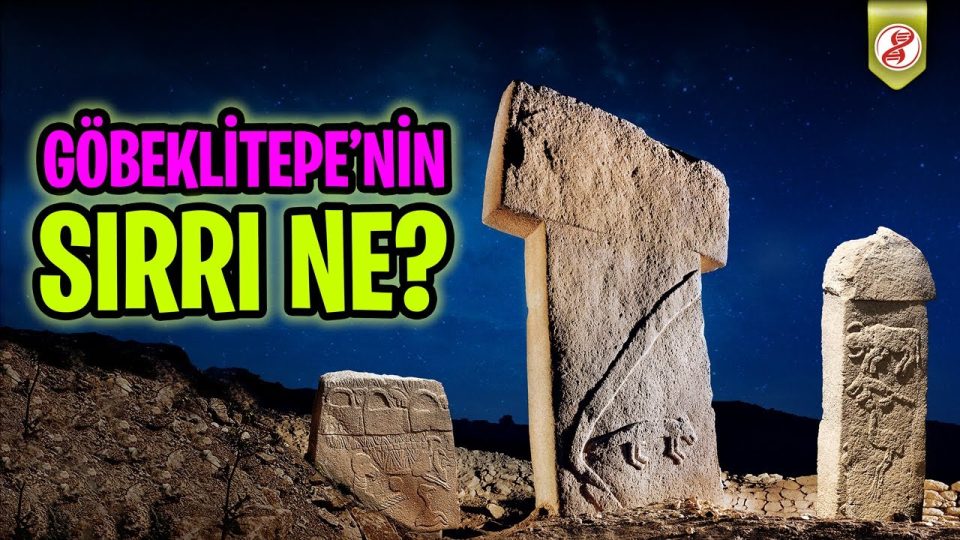1 – The Witch: A History of Fear, from Ancient Times to the Present: Ronald Hutton, 2017. This book by Ronald Hutton is a comprehensive overview of the history of witchcraft and witch-hunting, examining the roots of the practice in pre-Christian Europe and the evolution of witchcraft beliefs and practices up to the present day. Hutton explores the social and political contexts in which beliefs in witches and sorcery have arisen, examining the role of gender, power, and religion in shaping attitudes towards witchcraft. He also delves into the ways in which witchcraft has been depicted in popular culture, including literature, film, and television. Along the way, Hutton tackles some of the most controversial topics in the history of witchcraft, such as the use of torture and other forms of violence against accused witches, and the relationship between witchcraft and the occult.
2 – The Encyclopedia of Witchcraft and Demonology: Rossell Hope Robbins, 1959. This classic reference work provides a comprehensive overview of the history of witchcraft and demonology, drawing on a wealth of primary source material from across Europe and the Americas. The book is organized alphabetically, with entries covering everything from individual witches and witch-hunts to beliefs about demons and other supernatural beings. The Encyclopedia of Witchcraft and Demonology also includes a detailed bibliography of primary and secondary sources, making it an invaluable resource for scholars and researchers.
3 – Magic and Witchcraft in Europe: A Concise History: Bengt Ankarloo and Stuart Clark, 1999. This book offers a concise overview of the history of magic and witchcraft in Europe from the ancient world to the present day. Drawing on a range of primary and secondary sources, Ankarloo and Clark examine the social, cultural, and political contexts in which beliefs in magic and witchcraft have arisen and evolved, as well as the ways in which these beliefs have been challenged and contested over time. The book also provides an overview of the different forms of magic and witchcraft that have been practiced throughout history, from folk magic and popular superstitions to high magic and ceremonial practices.
4 – The History of Magic: Eliphas Levi, 1854. This classic work by the French occultist Eliphas Levi provides a detailed overview of the history of magic, from ancient Egypt to the Renaissance. Drawing on a wide range of historical and mythological sources, Levi explores the roots of magic in ancient pagan religions and examines its evolution over time, tracing the development of magical practices and beliefs up to his own day. The book also includes a detailed analysis of the Tarot, which Levi believed was a powerful tool for unlocking the secrets of the universe.
5 – The Golden Bough: A Study in Magic and Religion: James George Frazer, 1890. This seminal work by James George Frazer explores the connections between magic, religion, and mythology in cultures around the world. Drawing on a wide range of sources from ancient mythology and folklore to modern anthropology and ethnography, Frazer examines the ways in which magical beliefs and practices have evolved over time and how they have influenced the development of religious and cultural traditions. The book also includes a detailed analysis of the role of magic and ritual in the ancient world, including the practice of human sacrifice and other forms of ritual violence.
6 – Witchcraft and Magic in Europe: The Eighteenth and Nineteenth Centuries: Willem de Blécourt and Owen Davies, 1999. This volume of the Witchcraft and Magic in Europe series focuses on the period of the eighteenth and nineteenth centuries, examining the ways in which beliefs in witchcraft and magic persisted and evolved during the Enlightenment and Romantic eras. The book covers a wide range of topics, including the relationship between witchcraft and science, the use of magic in popular culture, and the role of women in the practice of magic. The authors draw on a wealth of primary and secondary sources to provide a detailed and nuanced picture of the world of witchcraft and magic during this period.
7 – The Devil in Massachusetts: A Modern Inquiry into the Salem Witch Trials: Marion L. Starkey, 1949. This classic work provides a detailed and compelling account of the Salem Witch Trials of 1692, one of the most notorious episodes in the history of witchcraft in America. Drawing on contemporary accounts and court documents, as well as later historical scholarship, Starkey examines the social, political, and religious factors that led to the outbreak of witchcraft hysteria in Salem, Massachusetts, and the subsequent trials and executions of more than twenty people accused of witchcraft. The book also includes a detailed analysis of the role of gender, power, and authority in the witchcraft trials.
8 – The Witchcraft Reader: Darren Oldridge, 2002. This anthology brings together a wide range of primary source material on the history of witchcraft and sorcery, including legal documents, trial transcripts, diaries, and letters. The book covers the period from the fifteenth to the eighteenth century and includes material from across Europe and the Americas. The texts provide a vivid and often disturbing picture of the world of witchcraft and magic, revealing the fears, anxieties, and prejudices of the people who lived in an age when belief in the supernatural was widespread.
9 – A History of Magic and Experimental Science: Lynn Thorndike, 1923. This monumental work by Lynn Thorndike provides a detailed and comprehensive overview of the history of magic and experimental science from ancient Greece to the seventeenth century. The book covers a wide range of topics, including the development of alchemy, the rise of natural philosophy, and the emergence of experimental methods in science. Thorndike’s detailed analysis of the relationship between magic and science provides a fascinating insight into the ways in which the two fields have influenced and informed each other throughout history.
10 – The Malleus Maleficarum: Heinrich Kramer and James Sprenger, 1486. The Malleus Maleficarum, or “Hammer of Witches,” is one of the most infamous works in the history of witchcraft. Written by two Inquisitors, Heinrich Kramer and James Sprenger, in the late fifteenth century, the book is a detailed guide to identifying, prosecuting, and punishing witches. The Malleus Maleficarum provides a chilling insight into the mindset of those who sought to eradicate witchcraft and sorcery from Europe, and its influence on the subsequent history of witch-hunting is undeniable. While the book is often criticized for its misogyny and its reliance on dubious evidence, it remains a significant and highly influential work in the history of witchcraft and sorcery.












